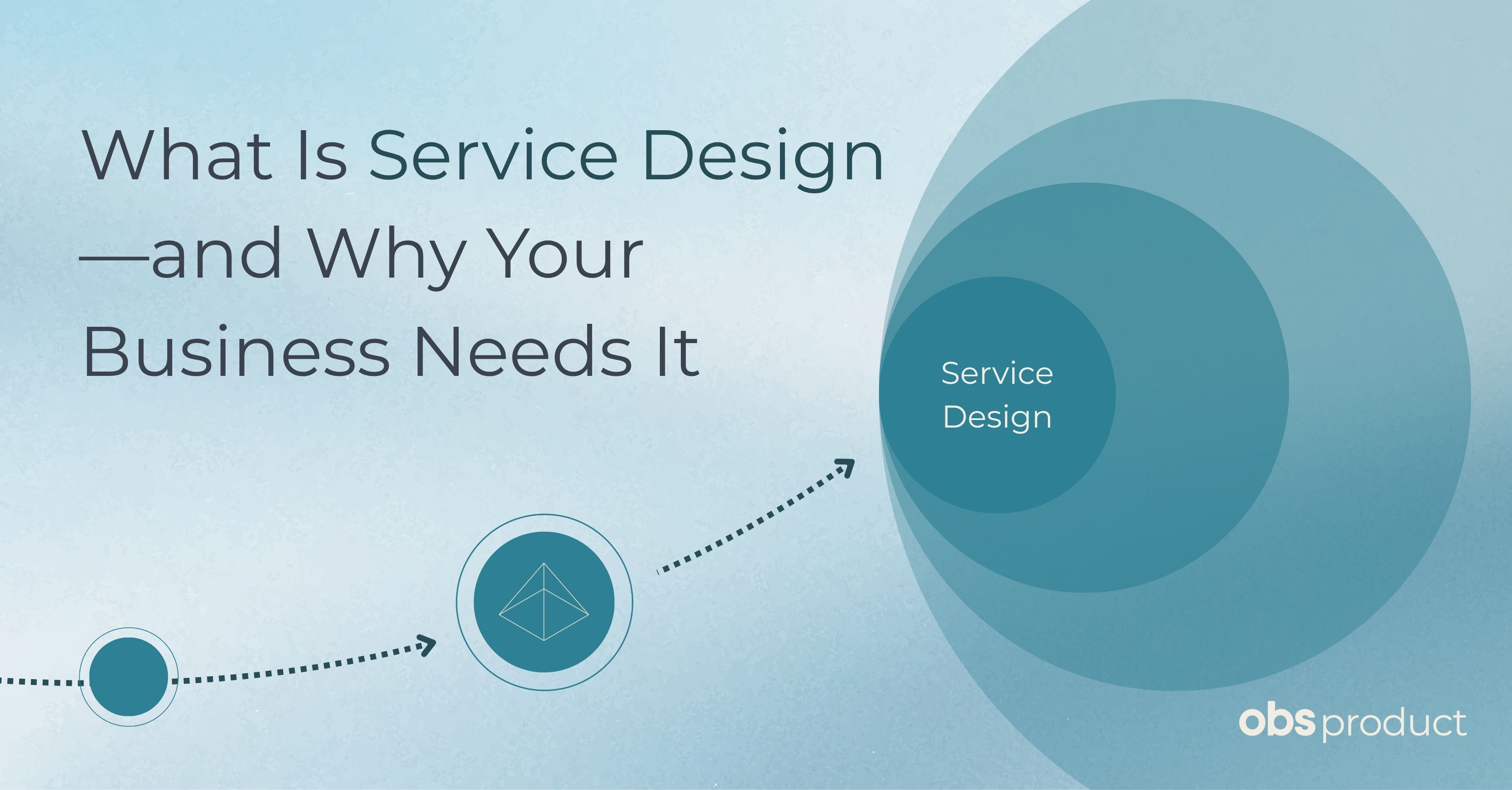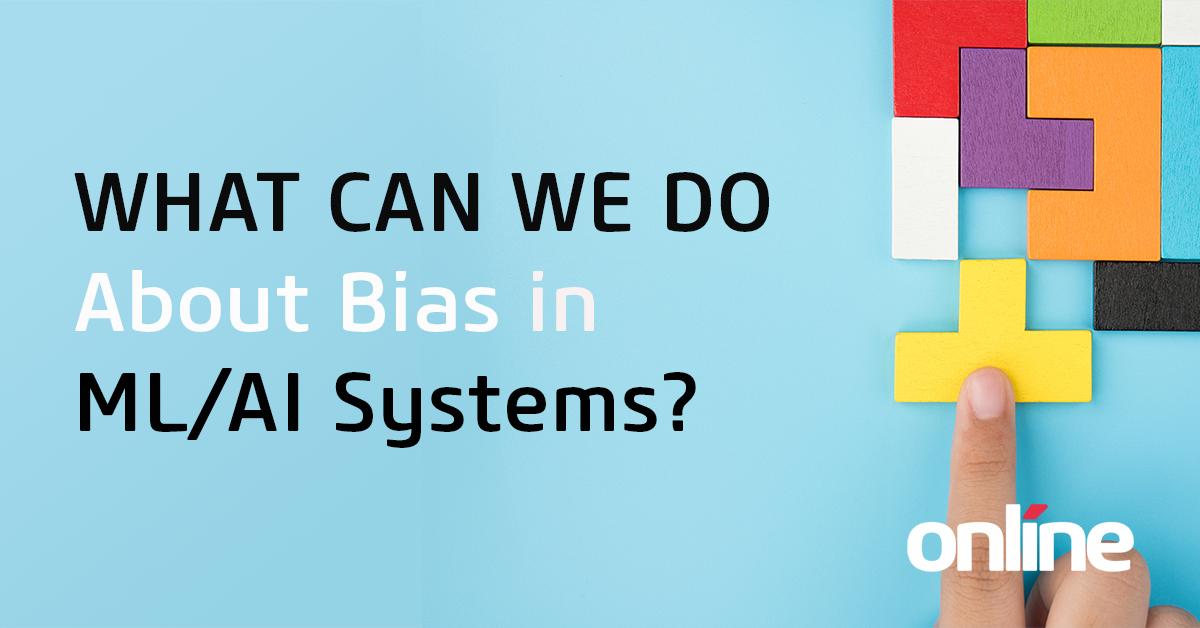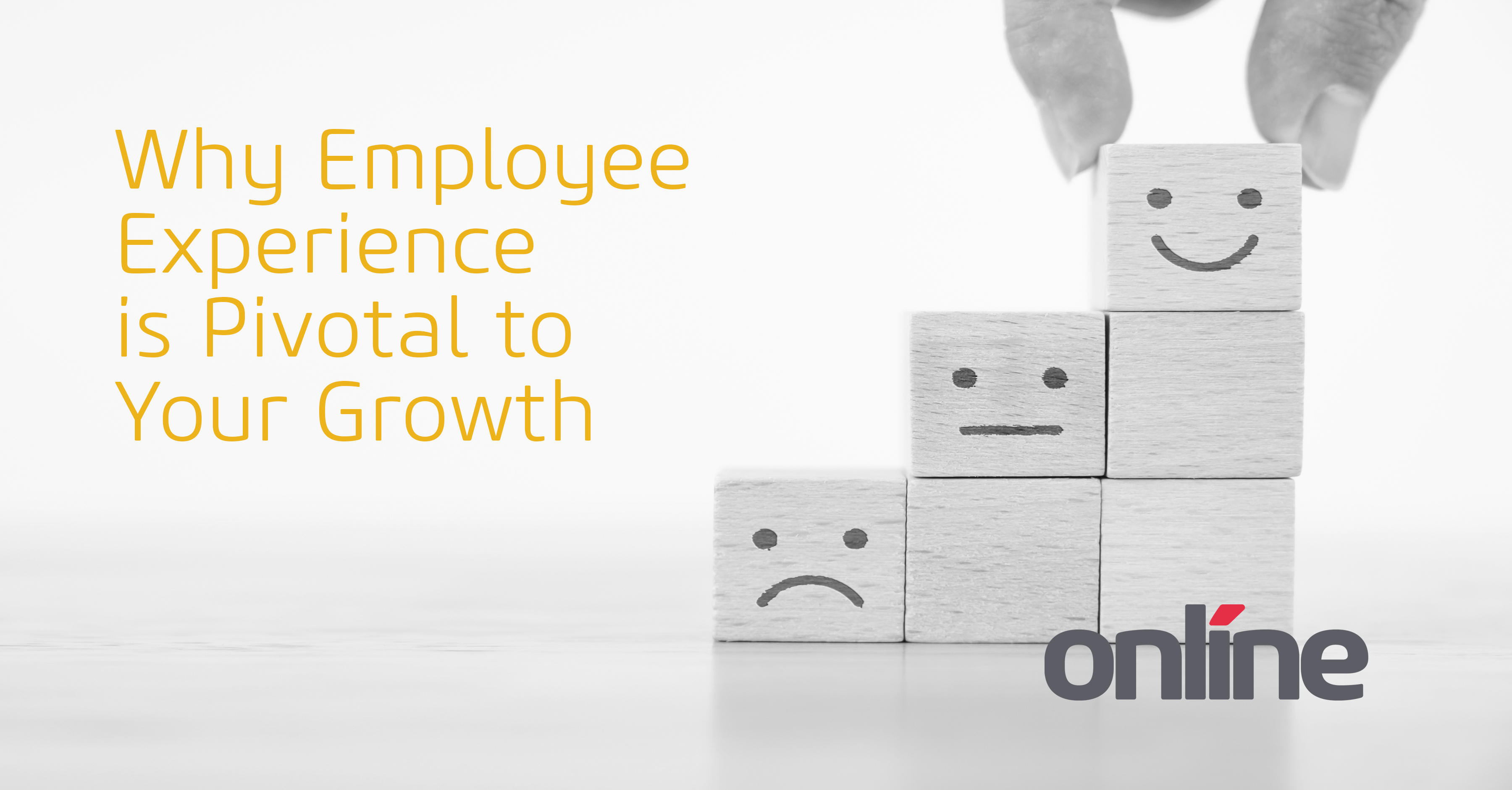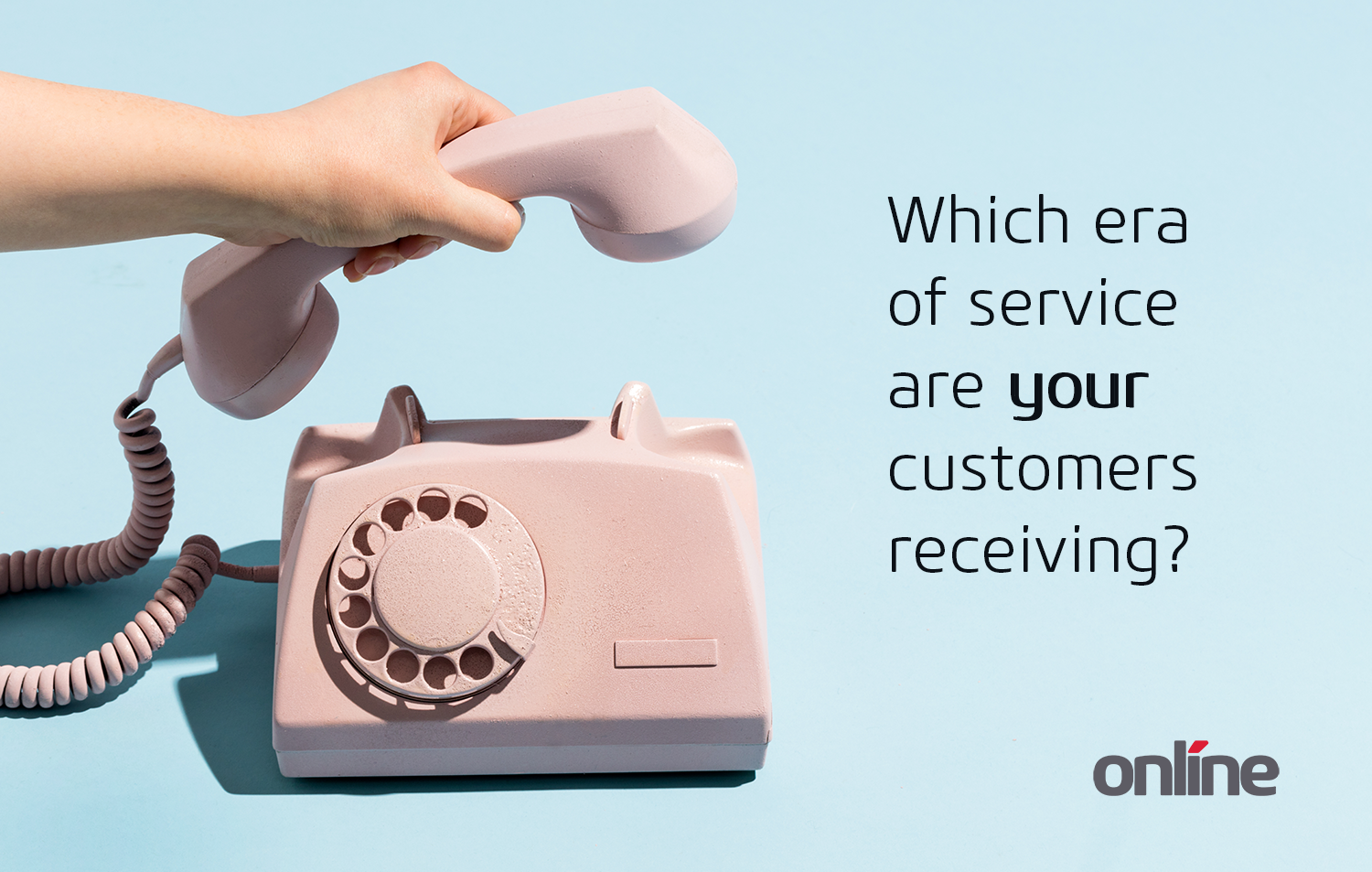
Candace Klunzinger
Candace Klunzinger is a User Experience Consultant in OBS’s Digital Studio. She has over 20 years of experience creating products and services across healthcare, education, consumer goods, and government sectors. Candace is passionate about understanding human behaviour and advocating for users. She supports clients with product strategy, research, and design to balance business requirements with user needs in order to solve the right problems.
It should’ve taken five minutes.
All Alex wanted to do was book a routine doctor’s appointment. He logged into the clinic’s website, filled out the form, selected a time for the following Tuesday, clicked “Book now” … and then the screen froze. Nothing.
He refreshed the page and tried again. This time it worked—until the confirmation email never came.
Reluctantly, Alex called the office. A receptionist greeted him curtly and then put him on hold. After 20 minutes of hearing the same hold music over and over, his phone alerted him that he was late for a meeting. He hung up and hoped for the best.
When next Tuesday arrived, Alex went to the clinic for his appointment, but he wasn’t listed on the clinic’s schedule. The receptionist couldn’t understand why so many people were showing up without appointments. She tried to find a walk-in appointment for Alex. Unfortunately, all she could do was tell Alex he would need to book online. Alex was not happy that he had to start the process all over again.
On his way home, Alex received an email to provide a review for the clinic. You can guess how that went.
Learn more about Product Discovery.
The real problem
Alex’s experience isn’t just about bad UX or a software bug. These are symptoms of a deeper issue: the gap between what a customer expects and what actually happens.
This is where service design comes in.
What is service design?
Service design optimizes how a business delivers end-to-end value for customers and employees, across touchpoints, over time.
The service design framework offers companies a holistic perspective for solving messy business problems.
Let’s break down how service design applies to Alex’s experience:
End-to-end value: From scheduling to confirmation to showing up for the appointment—service design works across the entire journey, not just isolated moments.
For customers and employees: Alex’s frustrating interaction isn’t just disappointing for him, but also for the receptionist who must deal with irritated customers and find workarounds to fix the problem.
Across touchpoints: Alex interacted with a website, an email system, and a receptionist. This is before even getting to the appointment. Each interaction is part of the larger service ecosystem.
Over time: Alex’s next experience with the clinic will be shaped by this one. He might even tell his friends about his negative experience. Services are remembered as stories, not snapshots.
Service design maps what customers interact with (frontstage) as well as what needs to happen behind the scenes (backstage) to make that experience successful.
The “line of visibility” separates these layers—helping teams understand how the service comes together. The customer can see their direct interactions with a company, but behind the scenes, there are people, processes, tools, and supports in place that determine how successful those interactions are.
.png?width=800&height=450&name=The%20Audience%20(4).png)
Why you need to care about service design
Even if you don’t offer appointment bookings, your business likely provides a service—whether it’s digital, physical, or both.
In a world where customer expectations continue to raise the bar, it’s not enough to have a sleek interface or bug-free code. Customers expect seamless, consistent experiences across every touchpoint.
Customers move on to the next option if the first one feels disjointed or negative. They may even share their disappointment with their entire social network.
Internally, employees create workarounds when a process is broken. This leads to wasted effort and fractures the customer experience further when each interaction is different from the previous one.
"We spend a lot of time designing the bridge, but not enough time thinking about the people who are crossing it."
— Dr. Prabhjot Singh, Director of Systems Design at the Earth Institute
When to use service design
Alex’s scheduling example is a clear use case for service design. Here are some other clues that it may be time for service design:
- Customers complain about the same issues, even after they’ve been “fixed”
- Employees use workarounds to “get it done”
- Departments work in siloes and struggle to meet shared goals
- Legacy tech systems feel outdated or disconnected
Or, you may be launching a new service, and you want to get it right the first time. Service design is ideal for building new services from the ground up.
Learn more about our Custom Software Development Solutions.
What does service design look like?
Service design is grounded in design thinking and human-centered design. It follows a flexible process, but the key elements remain the same.
- North Star: We align on the customer journey and the employee journey to define what success looks like. We identify why these successful journeys matter in order to guide our decisions throughout the process.
- Research and Analysis: Stakeholder interviews and user research uncover what’s really happening for customers and employees. Journey maps and service blueprints visualize insights, illustrate pain points, and identify opportunities.
- Opportunity Design: Working with stakeholders, we shape the future state and change plan for the opportunities that will have the most impact. Designs are tested with users and refined before investing in development work.
- Roadmap: We outline an action plan to deliver on the opportunity design and align on timelines and deliverables with stakeholders.
- Implementation: This is when we bring it to life. Solutions are launched, measured, and continuously improved.
-1.png?width=711&height=246&name=The%20Audience%20(5)-1.png)
By following this process, we can be sure we’re solving the root of the problem rather than wasting valuable time and resources temporarily relieving a symptom of the real problem.
Want to learn more?
OBS’s Service Designers can help you create services and products that work for your business. If you’re struggling with disjoined systems, employee silos, or frustrated customers, we can help. Let’s talk.





Submit a Comment